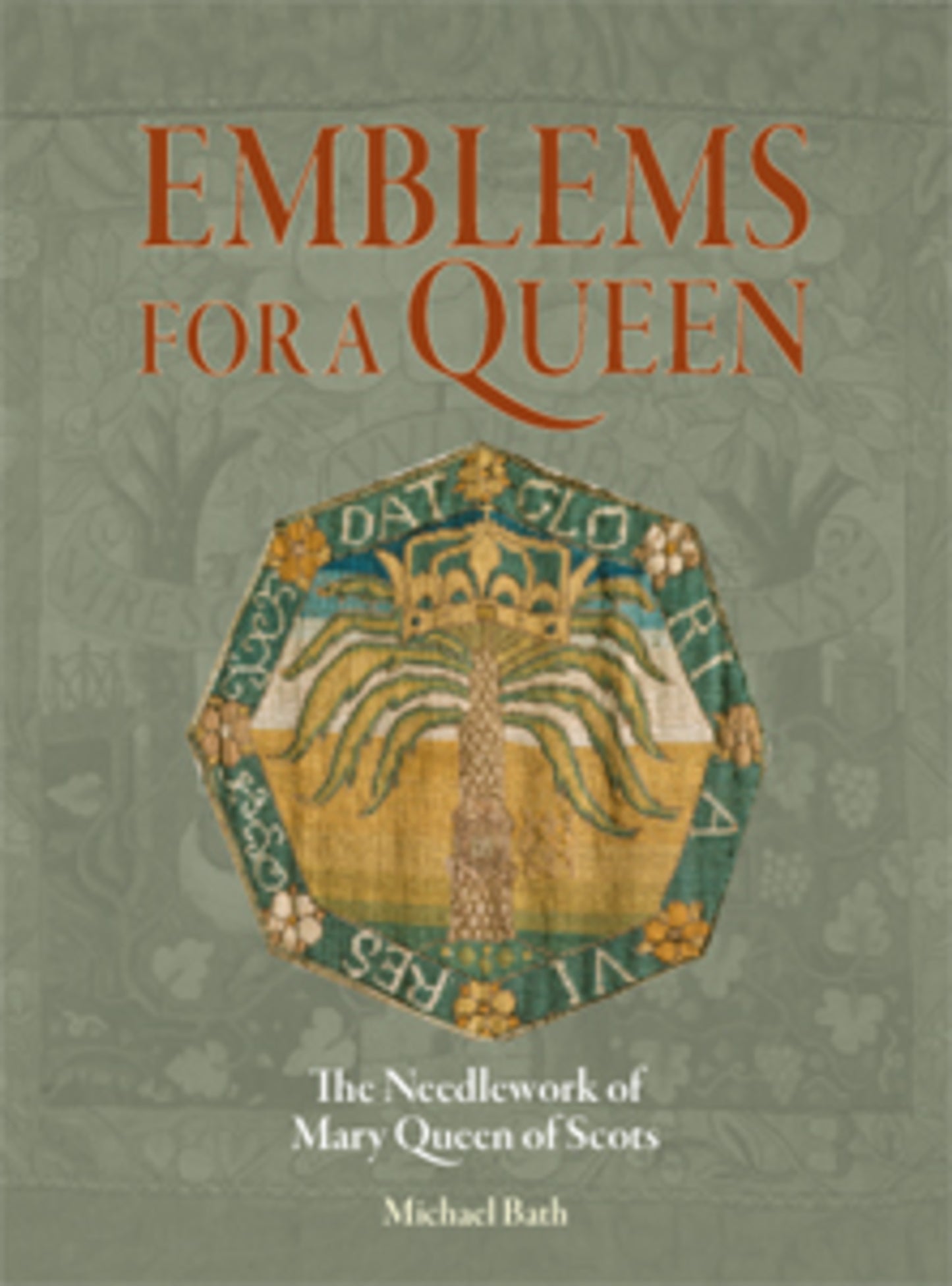We're sorry. An error has occurred
Please cancel or retry.
Emblems for a Queen

Some error occured while loading the Quick View. Please close the Quick View and try reloading the page.
Couldn't load pickup availability
- Format:
-
01 July 2008

The many pieces of embroidery by Mary Queen of Scots or by Elizabeth Countess of Shrewsbury ('Bess of Hardwick') are among the best-known and most fascinating examples of historical embroidery. However, many questions surrounding their meaning and purpose - and, above all, the sources and patterns used for their imagery (including birds, fish, flowers, monograms, emblems and other devices) - remain unanswered.
In 1548, the five-year-old Queen of Scots left her native Scotland to begin her French upbringing as the future Queen of France and it was here that she learned the art of decorative needlework, continuing with the craft during the last twenty years of her exile and confinement in England. Many of her embroideries have survived and can be seen at Oxburgh Hall (Norfolk), the Victoria and Albert Museum and elsewhere, but many more have since disappeared. In this new study Michael Bath not only describes and illustrates the surviving embroideries, but also documents from early records a large number of those that have disappeared.
Many of these embroidered panels use emblems, combining a symbolic image with a learned adage, and Professor Bath shows how, in their own day, these were believed to hold moral, political and religious messages which expressed the Catholic queen's values, purposes and intentions. For this reason we find records of them in the forgotten files of the Elizabethan secret services. Mary's emblematic embroideries shed new light on issues surrounding one of the most controversial figures in English and Scottish history. At the same time, this new study shows exactly what sources - prints, engravings, book illustrations - the embroiderers drew on for their patterns, and it includes the first full�catalogue raisonne�of all the known embroideries created by these two remarkable women.

ART / Conservation & Preservation, Conservation, restoration and care of artworks, HISTORY / Europe / Great Britain / Tudor & Elizabethan Era (1485-1603), ART / History / General, History of art

The story of the handiwork, at times sinister, reflecting the dangerous political undercurrents of the era, makes fascinating reading...This is a well-researched addition to Marian literature, which not only tells of Mary's surviving and lost embroidery, but also demonstrates the important part it played in her life.
Mary Queen of Scots: timeline of key events
List of illustrations
Illustration credits
Acknowledgements
The embroideries
Emblems
Incriminating emblems
Birds and beasts
The language of flowers
Catalogue of the embroideries:
Appendix 1 The Oxburgh hangings
Appendix 2 The Oxburgh valance
Appendix 3 Two Hardwick cushion covers
Appendix 4 The Hardwick octagons
Appendix 5 Detached panels
Appendix 6 Mary's bed of state: collated entries from four early descriptions of bed hangings no longer extant
Notes
Bibliography
Index



